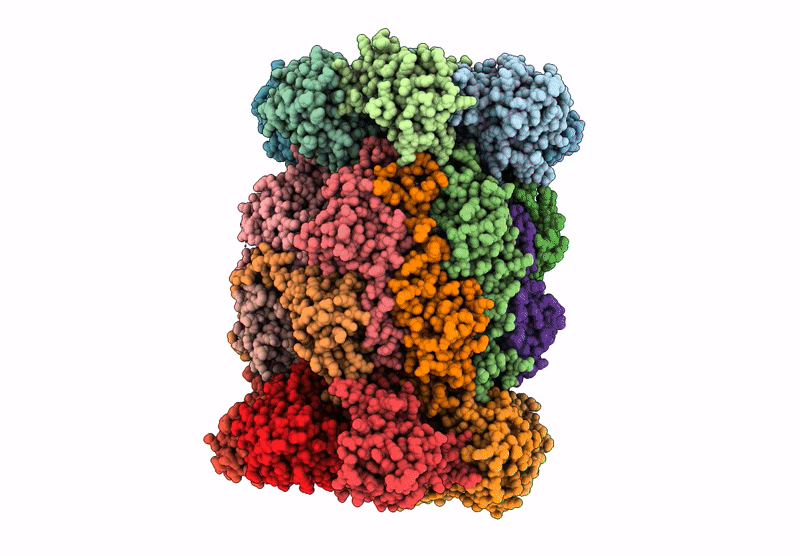
Deposition Date
2024-05-08
Release Date
2024-12-25
Last Version Date
2025-01-08
Entry Detail
PDB ID:
9F9T
Keywords:
Title:
CryoEM structure of native Trypanosoma cruzi apo proteasome 20S subunit
Biological Source:
Source Organism:
Trypanosoma cruzi (Taxon ID: 5693)
Method Details:
Experimental Method:
Resolution:
2.31 Å
Aggregation State:
PARTICLE
Reconstruction Method:
SINGLE PARTICLE


